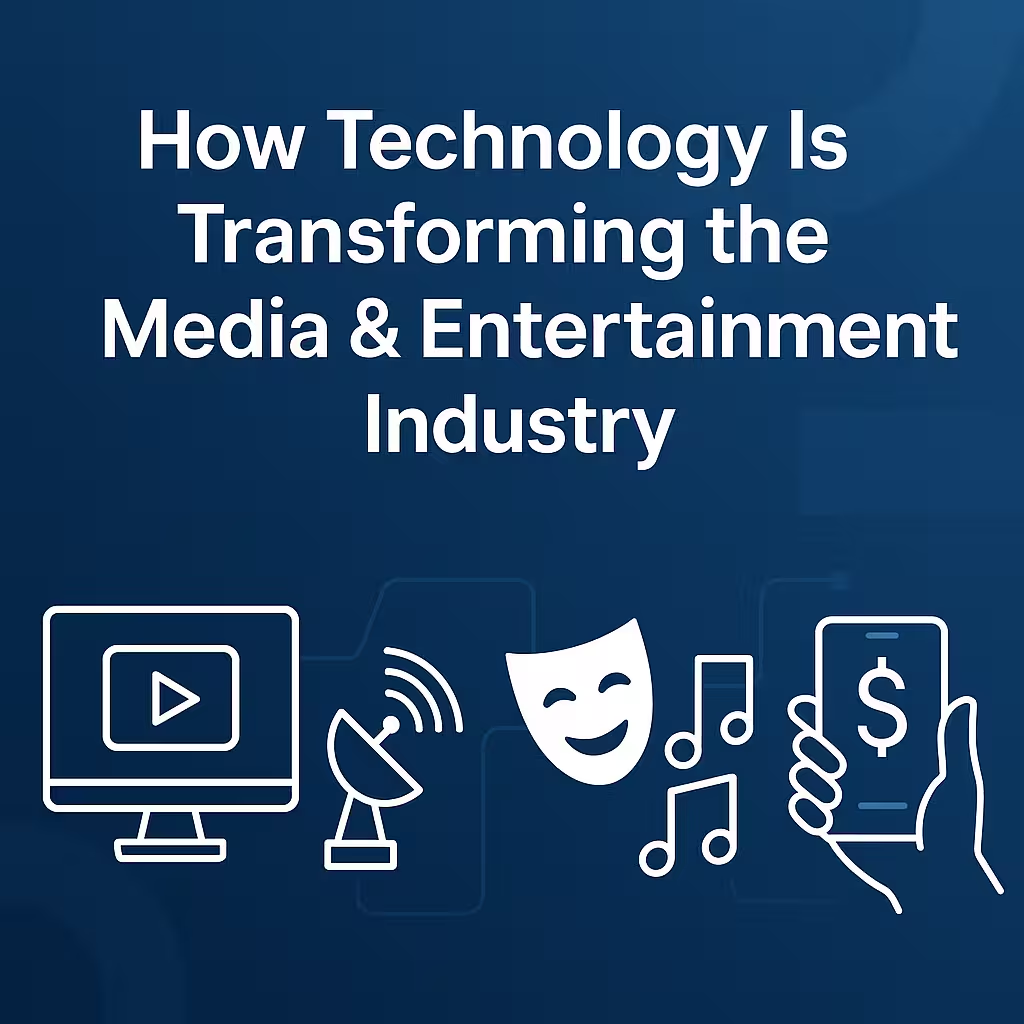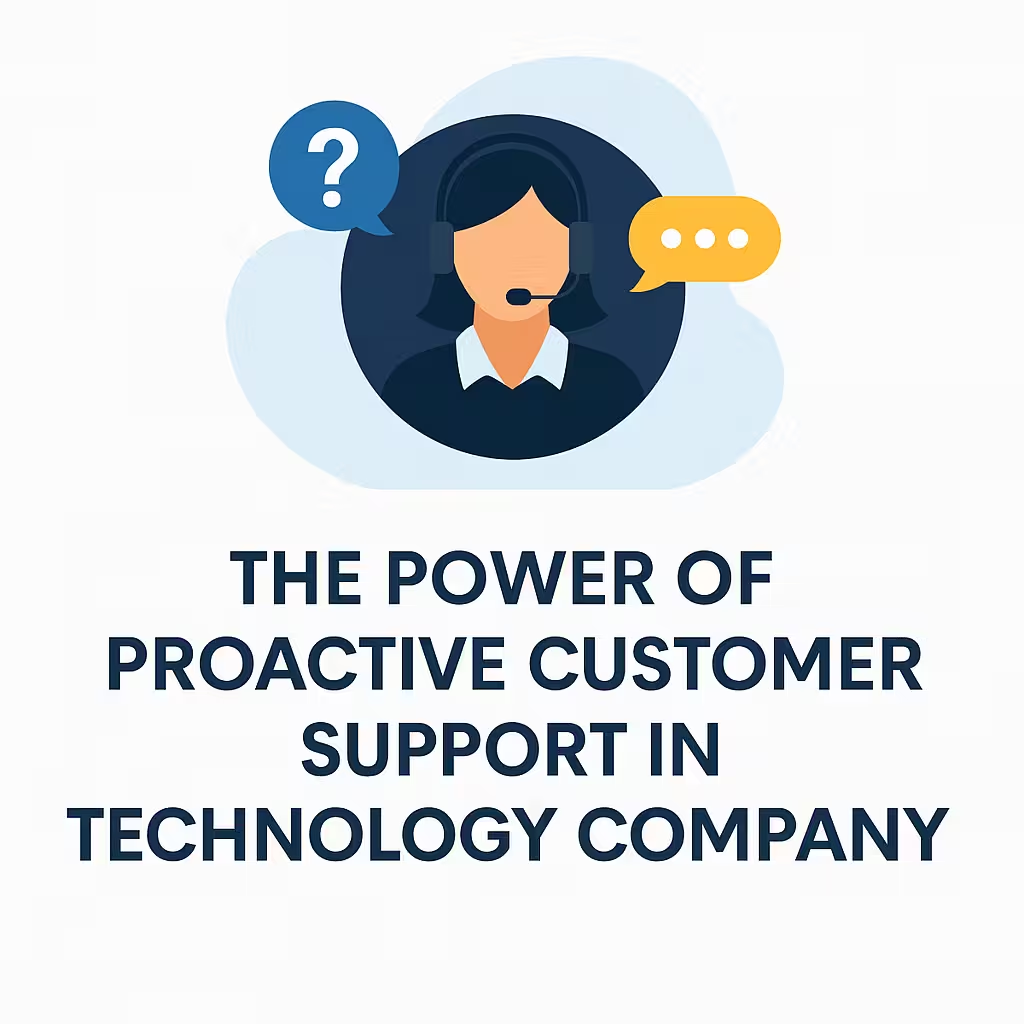
The media and entertainment industry is one of the most dynamic in the world. From blockbuster films to viral social media trends, it constantly evolves to match consumer demands. And behind the scenes, technology plays a major role in shaping how content is created, distributed, and monetized.
Whether you’re a studio executive, a music label, or a digital content creator, understanding the role of technology is no longer optional… it’s essential.
Let’s explore how technology is transforming different aspects of the industry, and why solutions like best media ERP software for entertainment industry are becoming game-changers.
1. Content Creation Gets Smarter
Gone are the days when content was produced purely through manual tools and guesswork. Today, media ERP software solutions for content management helps creators plan, shoot, edit, and produce with more accuracy and creativity than ever.
- AI and Machine Learning are now used to generate scripts, enhance special effects, and even create deepfake characters.
- Virtual production tools, like real-time rendering engines, let filmmakers create entire worlds without leaving a studio.
- Cloud-based collaboration makes it possible for teams across the globe to work on a project in real time.
All of this means content can be produced faster, at lower costs, and with greater flexibility.
2. Distribution Goes Digital and Global
Streaming platforms have completely redefined how we consume content. Behind this shift is a massive investment in IT infrastructure.
- Content delivery networks (CDNs) ensure smooth streaming experiences across regions.
- Recommendation algorithms powered by data science help platforms personalize user experiences, increasing viewer engagement.
- Digital rights management systems protect intellectual property from piracy and unauthorized sharing.
Technology has broken the limits of geography. A film made in a small town can go global overnight with the right digital push of ERP software for film and TV production management.
3. Audience Engagement Evolves
Modern audiences don’t just watch, they interact. Social media, live chats, and digital communities have turned entertainment into a two-way conversation.
- Social listening tools help studios monitor audience reactions in real time.
- Gamification and AR/VR experiences offer interactive layers to content, pulling fans deeper into the story.
- Data analytics allows marketers to fine-tune campaigns based on viewer behavior and preferences.
The result is a stronger connection between creators and consumers... and more opportunities to keep audiences hooked.
4. Operations Get Streamlined with ERP Solutions
As media companies scale, managing the business side becomes more complex. This is where media and entertainment ERP software comes into play.
- These systems help manage everything from project budgets and talent contracts to inventory, payroll, and content schedules.
- They integrate departments like production, finance, HR, and distribution into one unified dashboard.
- This reduces manual errors, speeds up decision-making, and gives leadership a clear picture of the entire operation.
In short, media ERP software solutions help entertainment businesses run like well-oiled machines behind the creative chaos.
5. Revenue Models Get Smarter
Technology has opened the door to new monetization strategies. Subscription models, ad-supported platforms, pay-per-view, NFTs, and merchandise integrations are all powered by robust IT systems.
With real-time reporting, companies can now track what’s working, adjust strategies on the fly, and maximize profits across platforms.
Final Thoughts
The influence of IT in entertainment isn’t just a background story anymore… it’s front and center. From the way stories are told to how profits are tracked, technology is reshaping the entire landscape.
And with tools like media and entertainment ERP software, businesses don’t just survive the fast pace, they thrive in it.
If you’re in the media game, embracing technology isn’t just smart... it’s non-negotiable.

